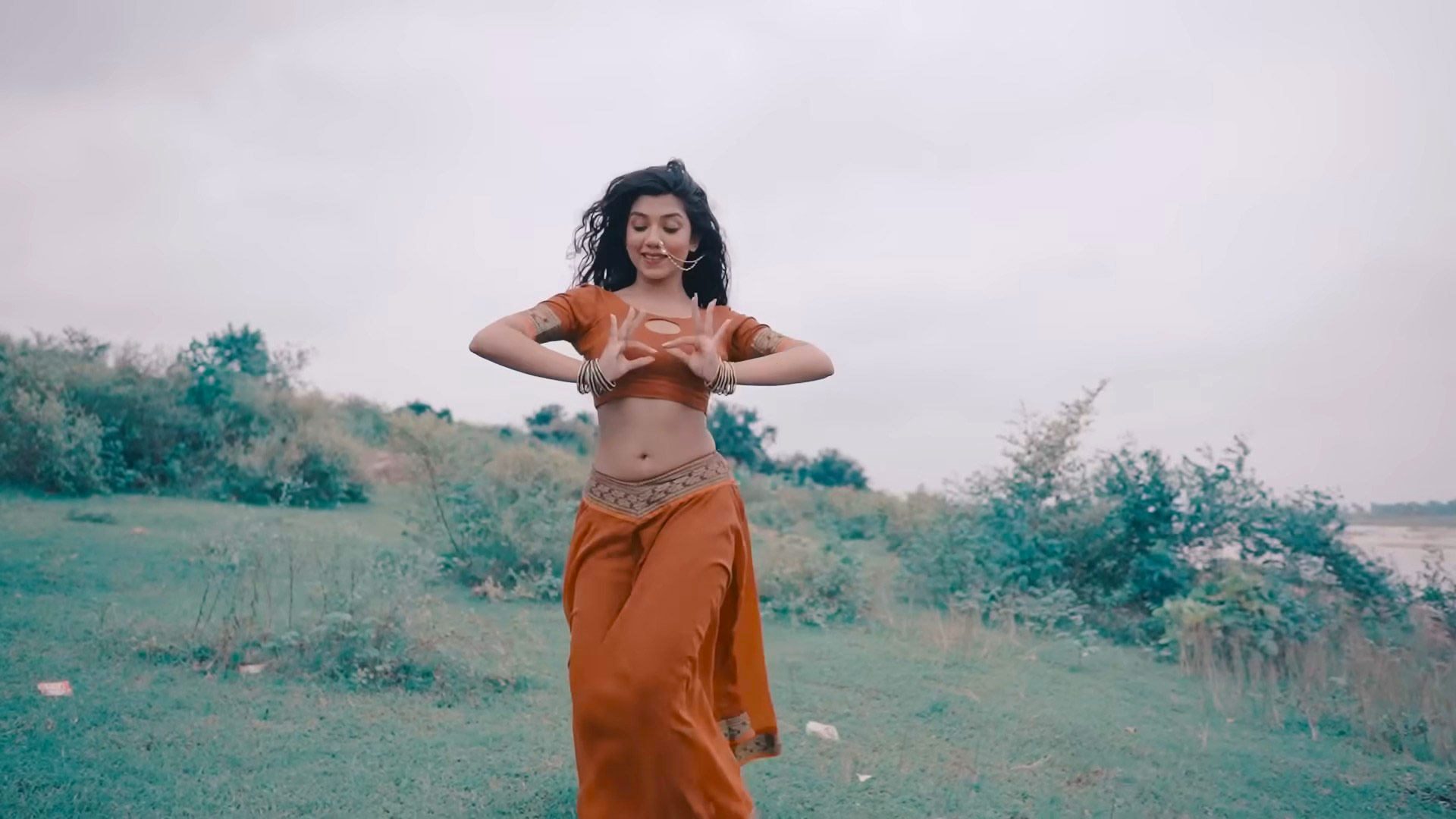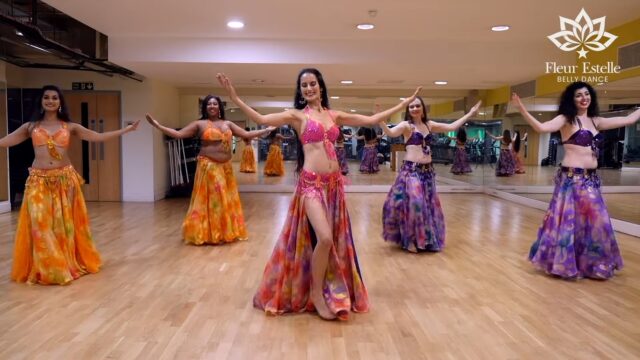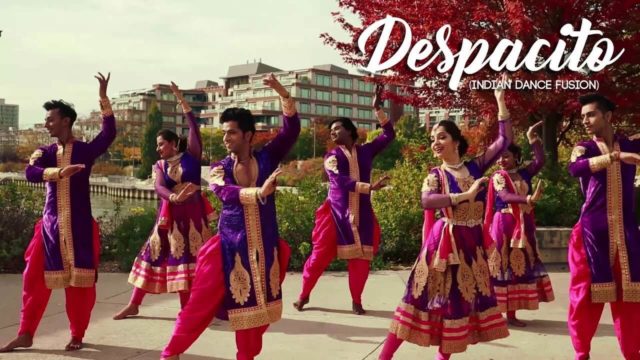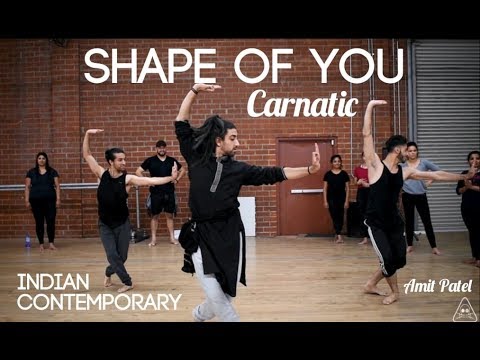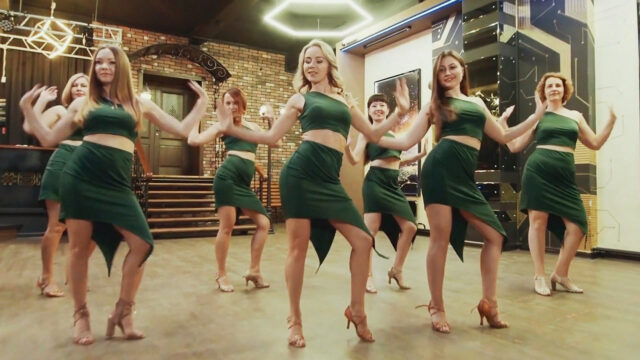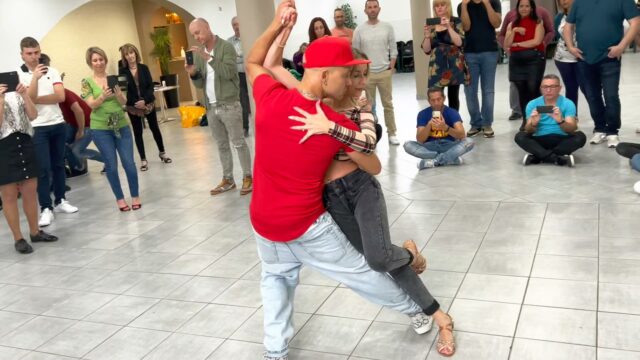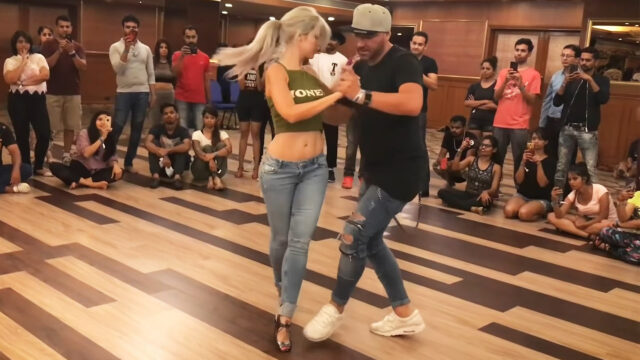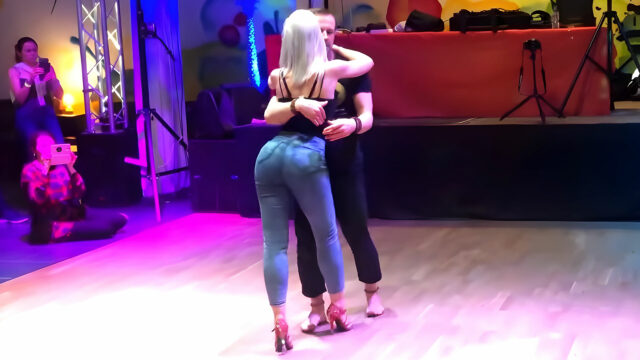Imagine trying to have a deep conversation while keeping your hands stuffed in your pockets the whole time. It just wouldn’t feel right, would it? Our hands have a way of speaking volumes without uttering a single word. They gesticulate, emphasize, and punctuate our expressions with graceful and unconscious movements.
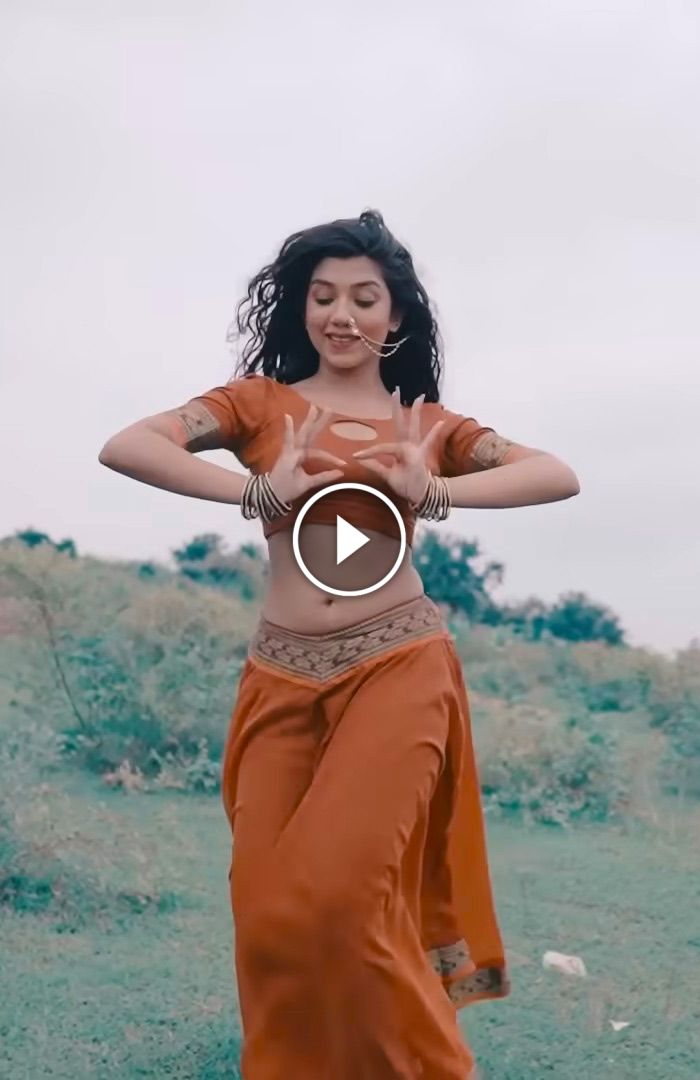
In the vibrant world of Indian classical dances, this unspoken language of the hands takes center stage. Check the video from above of Sreetama Baidya as an example. These dances are veritable poetry in motion, weaving together intricate footwork, expressive facials, and those all-important hand gestures called ‘mudras.’ Each mudra is like a word in an ancient, elegant vocabulary – one that can convey everything from love and longing to valor and victory.
- Exquisite Belly Dance Choreography with a Bollywood Twist
- Indian Despacito Fusion Choreography by Kumar Sharma
- Shape of You by Carnatic Indian Contemporary Choreo
A Feast for the Eyes
If you’ve ever witnessed a performance of Bharatanatyam, Kathak, Odissi, or any of the other renowned Indian dance forms, you’ve likely been mesmerized by the dancers’ incredible control and articulation of the hands and fingers. It’s as if their very digits have been blessed with the ability to tell sweeping epics and capture the grandest of emotions.
- The arched fingers and precise angles create striking visual poetry.
- The subtle movements demand your unwavering attention.
- The synchronicity between the dancers is simply spellbinding.
Watching a skilled practitioner perform these mudras is like observing a master calligrapher at work. Each gesture flows seamlessly into the next, leaving you in awe of the artistry and discipline required to achieve such perfection.
Imbuing Sacred Meaning
But mudras are far more than just aesthetic embellishments. In the spiritual traditions that birthed these dance forms, the hand gestures carry profound symbolic significance, often representing aspects of Hindu deities or philosophical concepts.
- The ‘Abhaya’ mudra, with its open palm facing outward, conveys fearlessness and blessing.
- The ‘Gaja Hasta’ mudra, with its curved fingers resembling an elephant’s trunk, symbolizes wisdom, spiritual knowledge, power and strength.
- The intricate ‘Mayura’ mudra, with its splayed fingers evoking a peacock’s plumage, represents beauty, splendor, vibrancy, grace, spirituality and awakening.
It’s almost as if the dancers are speaking an ancient, sacred language through the poetry of their movements – one that connects the earthly realm with the divine.
An Unparalleled Artform
Of course, it takes years of intense training and discipline to master the complex vocabulary of mudras. From a tender age, aspiring dancers are taught to control and express through their hands with the same care and precision as a surgeon or a concert pianist.
The result is an art form that demands not just physical prowess, but also deep emotional intelligence and spiritual awareness. Each performance becomes a mesmerizing tapestry woven from the threads of movement, music, and mudras – an experience that leaves the audience both visually satiated and emotionally stirred.
So the next time you find yourself entranced by the graceful hand gestures of an Indian classical dance performance, remember that you’re witnessing far more than just aesthetic choreography. You’re glimpsing into an ancient, sacred tradition that has elevated the humble language of the hands into an art form of unparalleled beauty and depth.
If you enjoyed this article, feel free share it with your friends and let them know what you think about it. Also, consider checking out our most recent posts and stay in touch. Thank you!
